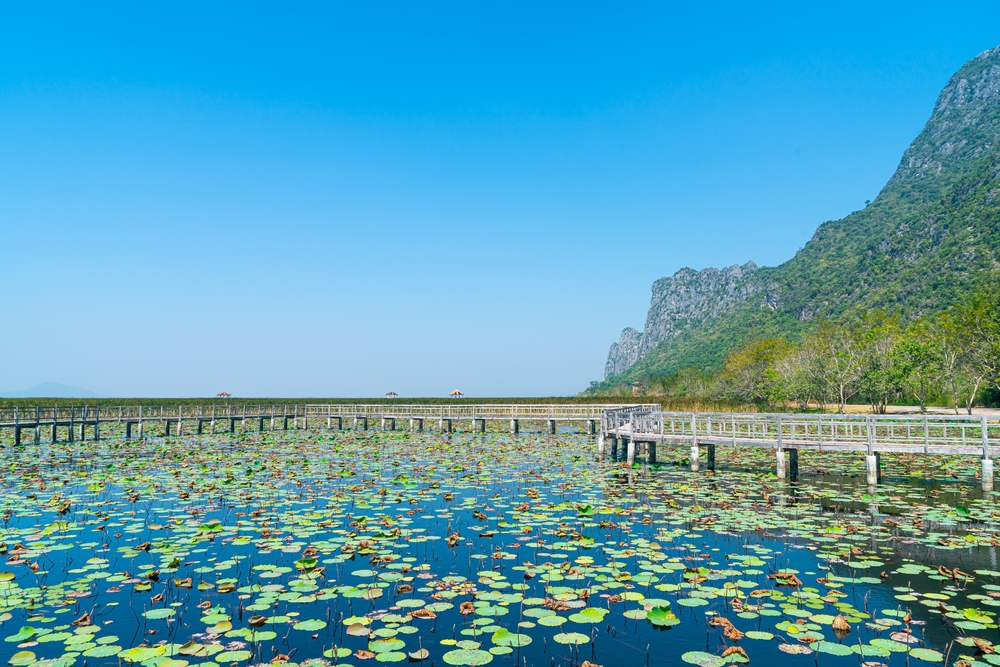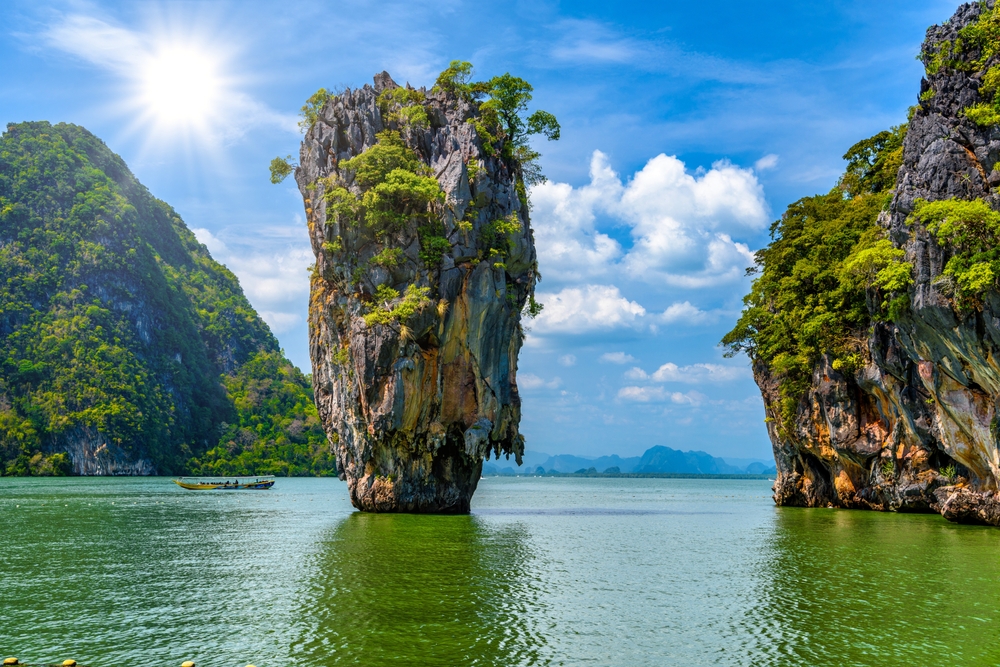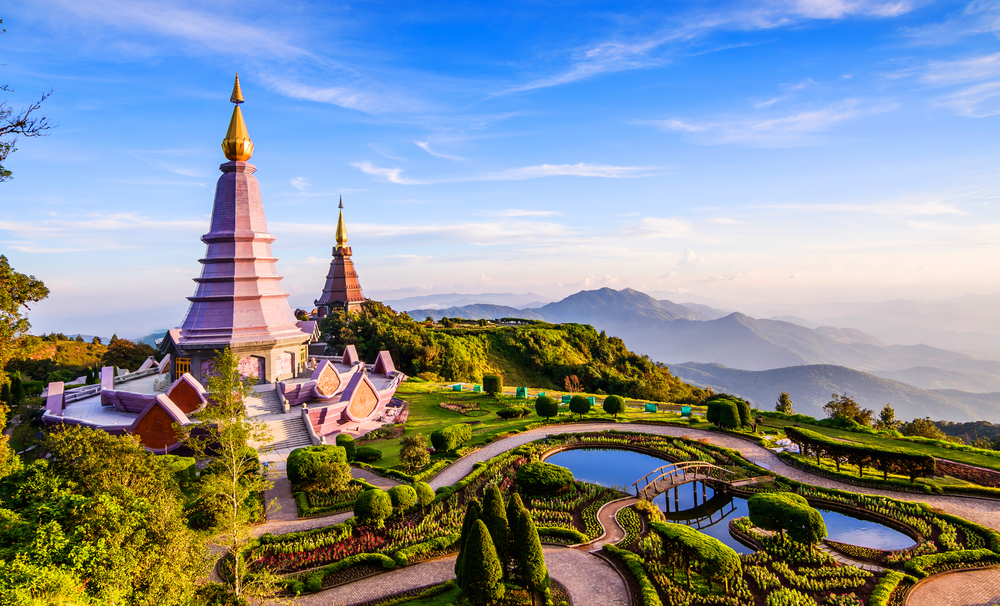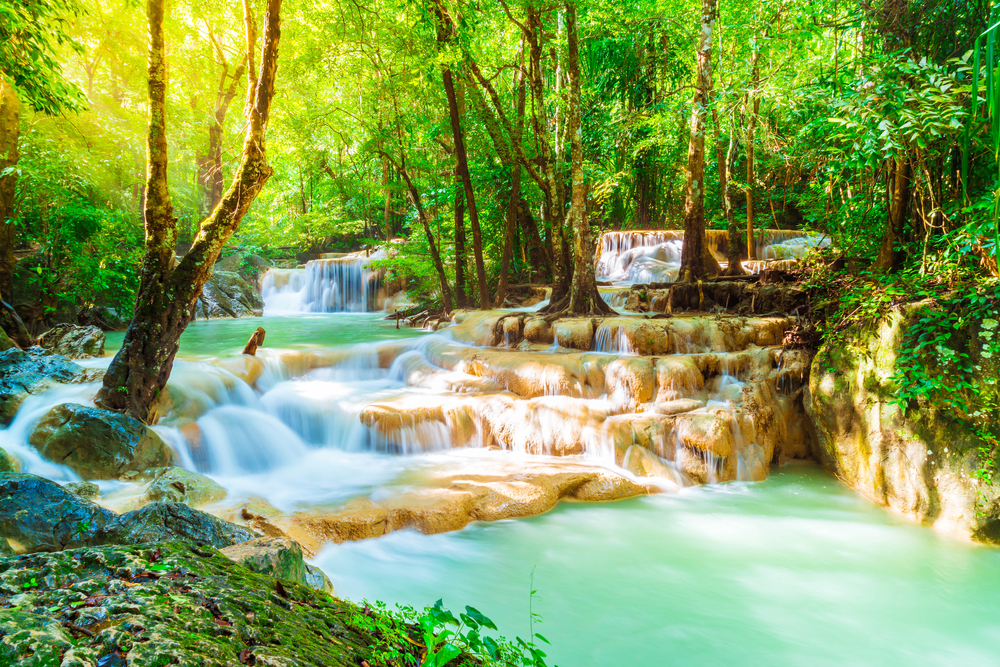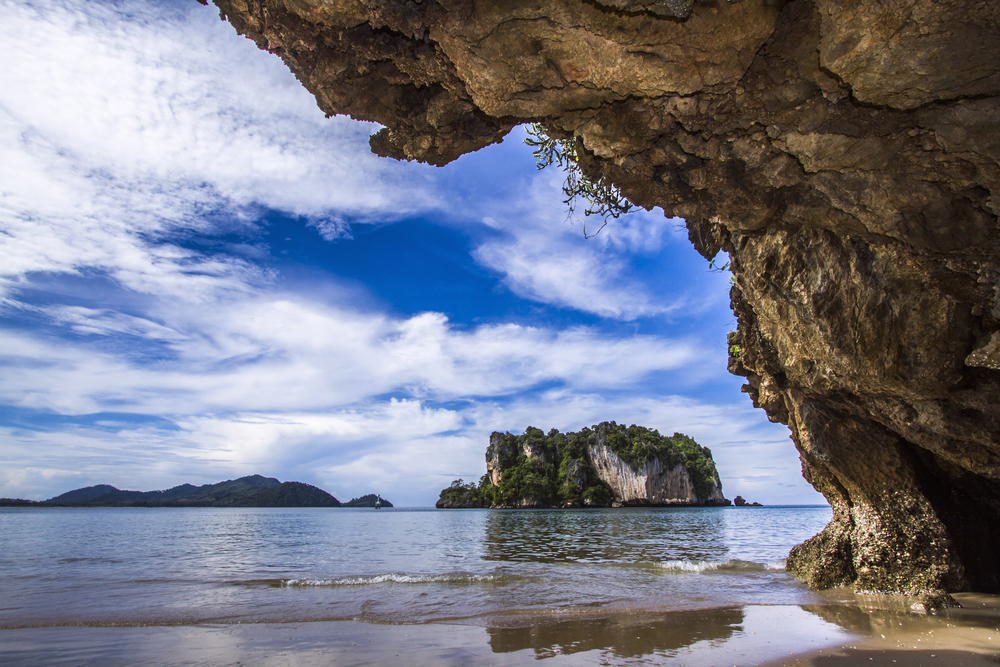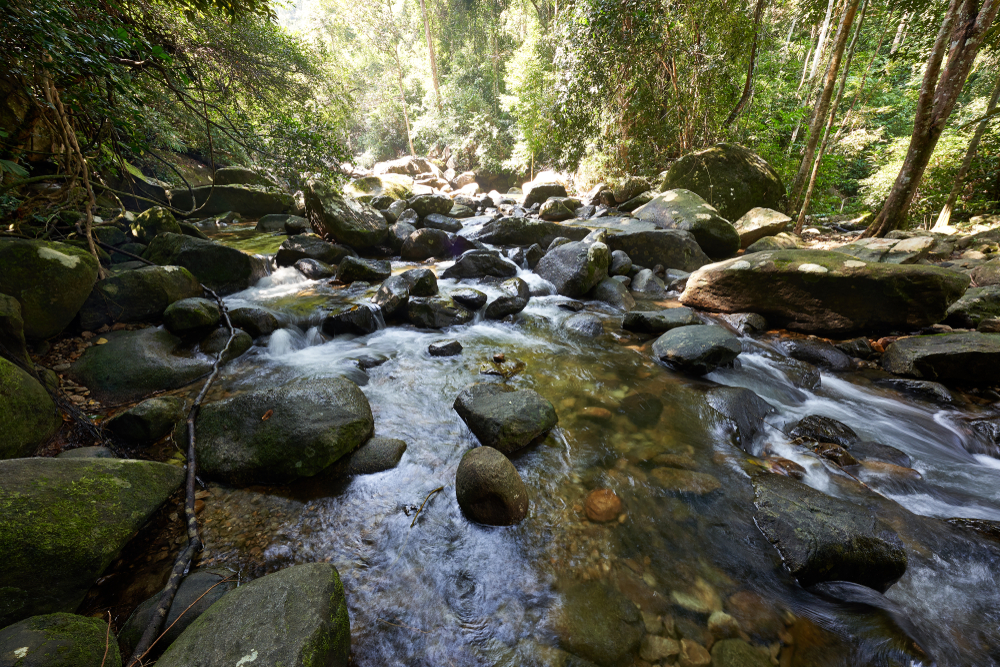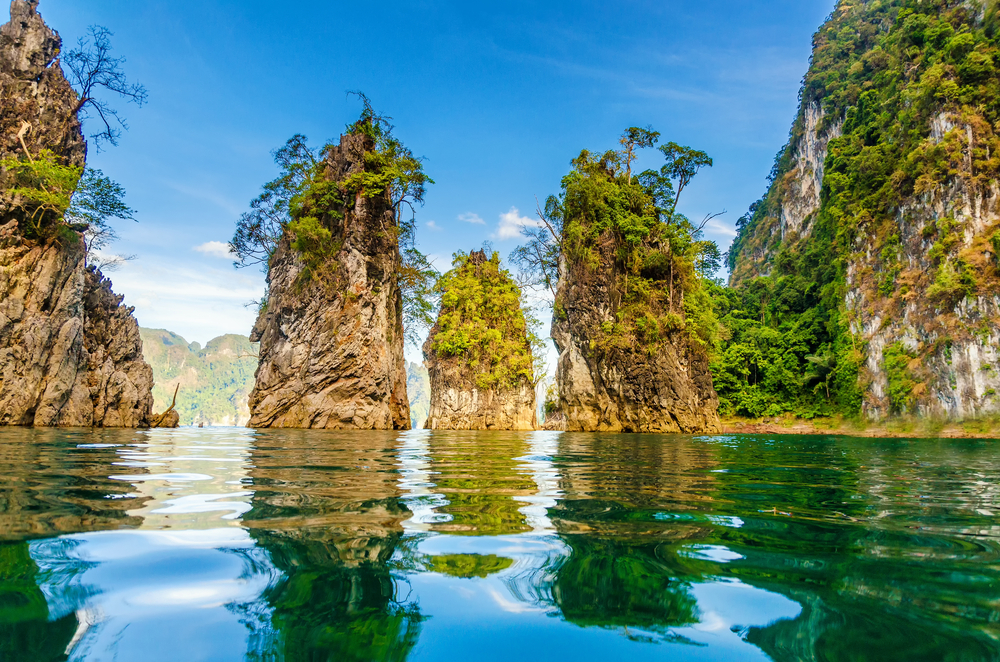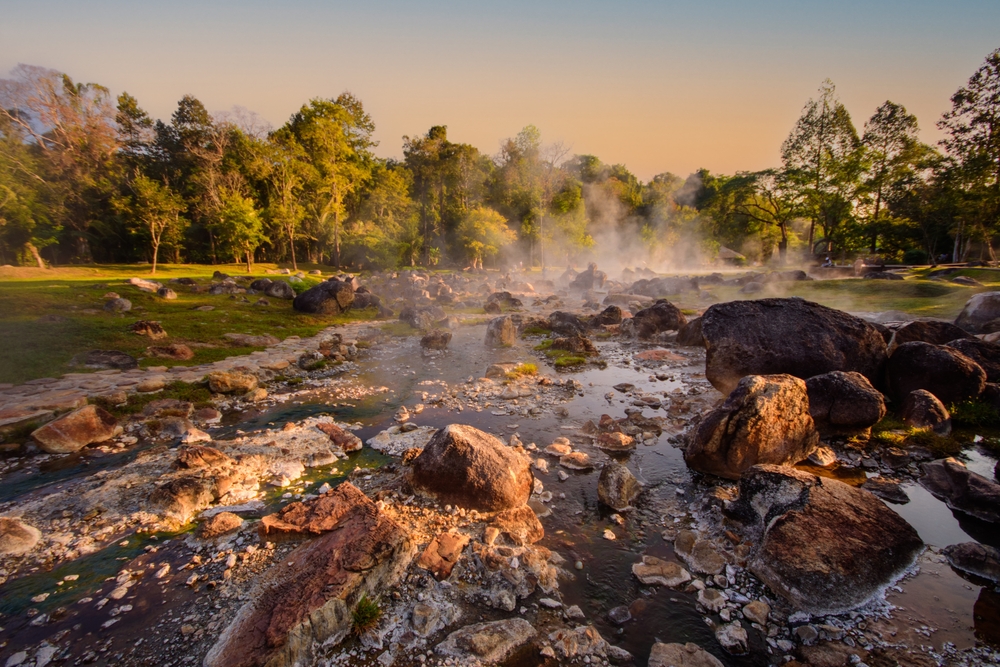Khao Sam Roi Yot Overview
Khao Sam Roi Yot National Park, meaning “Mountain of Three Hundred Peaks” in Thai, is a striking coastal park located in the Prachuap Khiri Khan Province of Thailand. Covering an area of approximately 37 square miles (98 square kilometers), the park is famed for its dramatic limestone mountain ranges, expansive wetlands, and pristine beaches that stretch along the Gulf of Thailand. Established in 1966 as Thailand’s first marine national park, Khao Sam Roi Yot is a haven for biodiversity and an ideal destination for nature lovers.
The park’s terrain is a breathtaking mix of rugged limestone hills that rise sharply from the coastal plain, interspersed with freshwater marshes and mangrove forests. Notable features include the majestic Khao Daeng Peak, which offers panoramic views of the surrounding landscape, and the iconic Phraya Nakhon Cave.
Inside the cave, visitors can marvel at the Kuha Karuhas Pavilion, a small royal pavilion bathed in sunlight streaming through a natural skylight, creating a surreal and awe-inspiring scene. The wetland areas, among the largest in Thailand, are teeming with reeds and other aquatic vegetation, forming an important habitat for many species.
Wildlife enthusiasts visiting Khao Sam Roi Yot can encounter a variety of fascinating species. The park is a key stopover for migratory birds, with over 300 bird species recorded, including the purple swamphen, painted stork, and black kite.
Mammals such as dusky langurs, crab-eating macaques, and small Indian civets roam the park, while the mangroves and marshlands host an array of reptiles and amphibians. Additionally, the surrounding marine environment is home to numerous fish and crustacean species, making it an essential area for ecological balance.
Among the park’s popular attractions are the Thung Sam Roi Yot Freshwater Marsh, ideal for birdwatching, and the serene Laem Sala Beach, perfect for a relaxing escape. Visitors also enjoy boat tours along the Khao Daeng Canal, where they can explore the mangrove ecosystems and witness the interplay of land and water habitats. Hiking trails of varying difficulty levels allow for deeper exploration of the park, and Phraya Nakhon Cave remains a must-see for its cultural and natural significance.
Khao Sam Roi Yot faces conservation challenges such as habitat degradation from tourism and encroachment, as well as the management of freshwater and marine ecosystems. However, ongoing efforts to protect its wetlands and rehabilitate mangrove forests have shown positive results. The park’s designation as a Ramsar Wetland of International Importance highlights its critical ecological value and underscores the commitment to its preservation.








































































